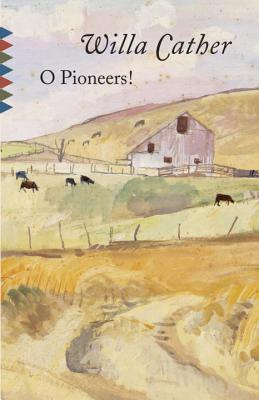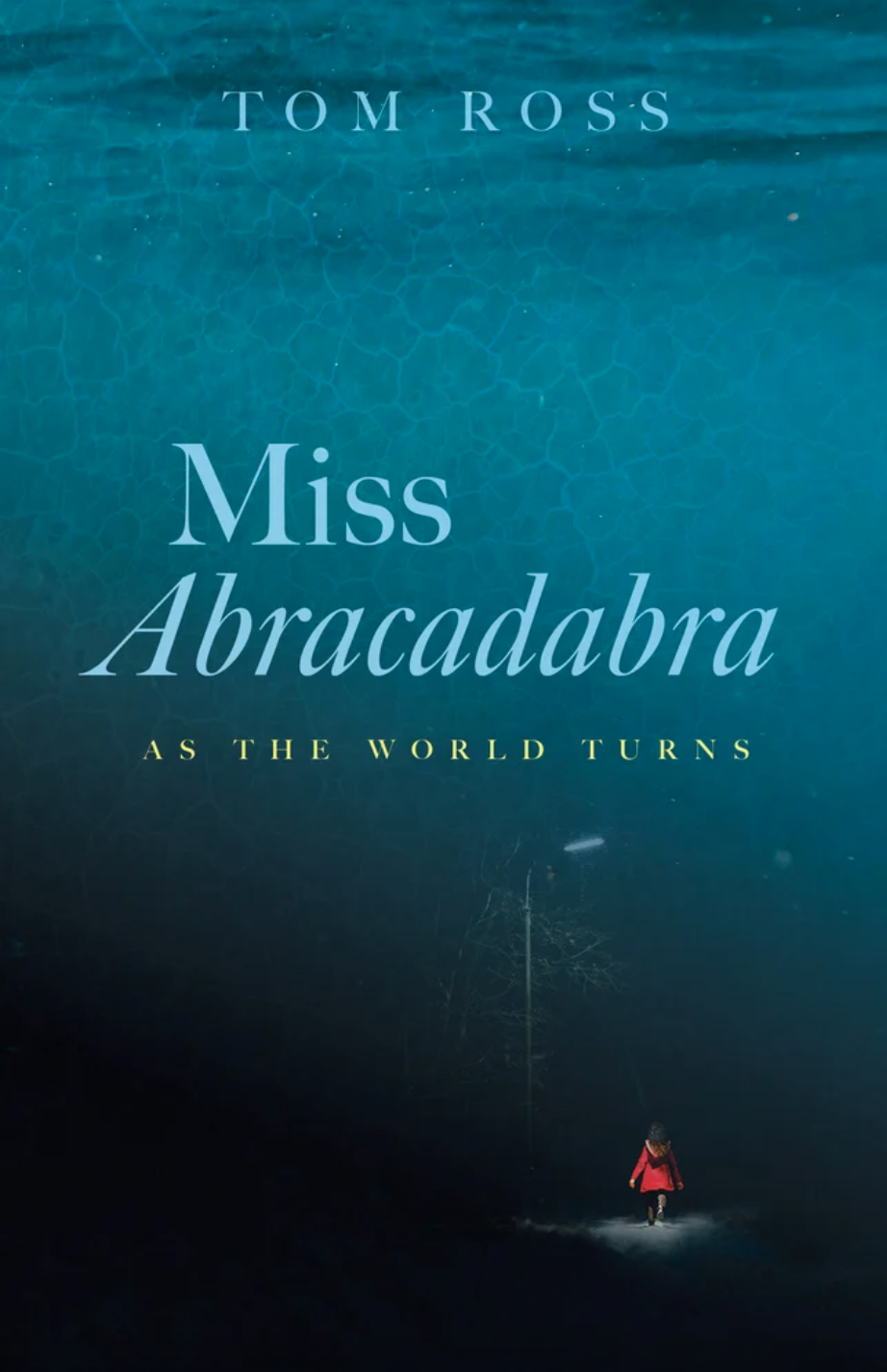Book by BONNIE JO CAMPBELL
Reviewed by

If the Mississippi River belongs irrevocably to Mark Twain, then it’s safe to say Bonnie Jo Campbell has staked her claim in the waters of Michigan’s Kalamazoo River. Campbell’s new novel, Once Upon A River, takes place on an imaginary tributary that flows into the Kalamazoo, the swift, treacherous Stark River. Out of curiosity, I spent some time looking at maps of the Kalamazoo River watershed, comparing them to the map of the Stark River that accompanies the book, illustrated in careful, calligraphic strokes by Adrian Kitzinger. While there’s no clear analog for the Stark in real life, one upward slash of blue caught my eye: Battle Creek. As much setting as character, the Stark is also a refuge and a hazard for abandoned teenager Margo Crane, who takes to its waters to escape the reach of her extended family and the looming threat of Social Services. Margo’s battles are both internal and terrifyingly tangible: after her father’s murder, she struggles to live without him, taking lovers out of an intriguing mixture of sexual curiosity, longing, and an instinctual knack for casting the best odds for her own survival. Part foundling, part Annie Oakley, and part proto-feminist, all Margo wants to do is escape the violent consequences of being on her own long enough to learn how to live.
For readers of Campbell’s first novel, Q Road, the rural manufacturing and farming community of 1970s Murrayville is achingly familiar, often casting a pall on the outcome of events that unfold in Once Upon A River. To some extent, Once Upon A River is a dual origins story; both Margo and her daughter Rachel come into being here, establishing the paradigm of violence and abandonment that marks the lives of these two women. In Q Road, Rachel, an amusingly blunt teenager who can swap curses with the most profane of sailors, must fend for herself after Margo kills her daughter’s would-be lover and takes to the river in hiding. Once Upon A River confirms that Margo’s beginnings are also steeped in violence, that her history is doomed to repeat itself. Campbell’s decision to return to Margo’s origins after publishing Q Road creates a kind of ghost story: Q Road haunts the plot and development of Once Upon A River, consciously so. If at times this act of haunting serves neatly packaged parallels between the two stories, Once Upon A River nevertheless offers an unflinching portrait of female resilience in the face of overwhelming adversity: sexual violence, homelessness, rural decay, and death. Turn to Once Upon A River not to discover what happens but to regard Margo’s tenacity and her ability to survive, the slow unfolding of a young single mother born into poverty.
When Once Upon A River opens, fifteen-year-old Margo shares a “little house” on the banks of the Stark with her awkward, gruff father, Crane. A short boat ride away in Margo’s prized possession, The River Rose, a present from her deceased grandfather, lives the unruly Murray clan: Uncle Cal, Aunt Joanna, and their four wild boys. Margo’s adolescence is filled with Aunt Joanna’s cinnamon bread, adventures on the river with her cousins, and target practice, but she is bereft of any real caretakers. Both Crane and Margo are still reeling from the abrupt departure of Margo’s beautiful and narcissistic mother, Luanne, who leaves behind a note that reads: “I need to find myself and I can’t do it in this place,” the inverse sentiment of which Margo comes to embody. Margo’s connection to the river is in many ways her anchor; Margo needs to find herself, and she can only do so on the Stark.
Margo’s refuges are internal, and, as a result, much of the book relies on Margo’s interior monologue. Behind Margo’s natural reticence, however, lies a tireless mind, one capable of tracking deer and hunting for puffball mushrooms, of counting “the herons in the heronry beside the Murrayville cemetery.” She derives calm from rowing on the river and from shooting, practicing with homemade targets to match the skills of her hero Annie Oakley: “She hit the next can and the can after that, and she reloaded and knocked all the bottles from their perches. And in that several minutes of intense focusing, she felt peaceful.” Outsiders mistake Margo’s uncanny silence “for snobbery, her slowness to respond in conversation as stupidity,” while men mistake Margo’s quietness for acquiescence. Much of the novel’s power lies in Campbell’s abilities to use Margo’s silence to chronicle her ethical development, located somewhere between “nature is red in tooth and claw” and old-fashioned Emersonian transcendentalism, between homespun feminism and pioneer know-how. Without anyone to help her learn how to live, Margo discovers with painstaking slowness that the heady mixture of passion and fear coursing through her teenage bloodstream has real, and sometimes dire, consequences.
Coupled with her ethereal, river-soaked beauty, Margo’s silence makes her an object of intense male interest. From the outset, Margo’s negotiations with men, even those in her own family, are saturated with the underlying threat (or promise) of her sexuality. At the Murray Thanksgiving party that marks the beginning of the family’s irreparable rupture, Margo is waylaid by a drunk, grasping Uncle Cal and lured into the skinning shed. Unable to process what’s happening as it’s happening to her, Margo accepts Cal’s advances out of a complicated mixture of fear, confusion, and desire. Only later is Margo able to articulate what happened, if only to herself: “Rape sounded like a quick and violent act…What Cal had done was gentler, more personal, like passing a virus…For the last year, however, it had been gnawing at her, and Margo had been forming her objection.” This complex relationship between sex, violence, and family sets off rapid-fire tragedy in the novel, including Crane’s murder and Margo’s ill-fated quest to find her mother.
For better or worse, Margo’s identity crystalizes around her sexual experiences, many of them violent or verging on abusive. Almost all of the men in her life make it a point to tell Margo how lovely she is, how necessary to his own continued existence. Even Margo’s father tells her, “Don’t you ever forget, Margo, you’re the only reason I’m alive and sober in this world.” This possessiveness, like her own beauty, follows Margo upriver from Murrayville after her father’s death. Margo’s first romantic encounter after Cal is with Brian Ledoux, a laid-off factory worker who thinks with his fists and whose brother is the local drug dealer—the kind of man who could never live up to the promise of his name (ironically, doux is the French word for “sweet” or “gentle”). Their relationship would verge on coercive were Margo not actively cultivating Brian’s instinctual possessiveness. When she first ties The River Rose to the dock of Brian’s hunting cabin while searching for her mother, he immediately asserts himself as her potential lover. Margo, ever shrewd and curious, unafraid of her own sexuality, allows the romance to happen: “She was sure this was the best defense against the cold of winter, the best way to make sure she wouldn’t get sent back to Cal and Joanna or to social services. The best thing for her right now when she could not endure lying alone.” The couple is ill-fated; in a moment that recalls the intensity of her dead father’s claim, Brian assures her, “I’d kill a man for you.” This misguided remark about protecting those you love both reflects and justifies Margo’s own beliefs and actions, ultimately to her own detriment.
Campbell astutely navigates the territory between female desire and fear, and it’s a mark of her skill that Margo’s beliefs seem to emerge not from feminist indoctrination but from the weight of her own history. This makes it all the more easy to cheer for Margo when, unfairly accused by a drunken Brian of cheating and labeled “a two-timing slut,” she retorts, “Why do guys want to call girls sluts?” When Brian’s violent nature lands him in jail, Margo finds brief happiness and respite with a liberal-minded Christian, Michael, whose naïveté and suburban softness are no match for the brutal realities of the river. Michael offers stability and even the possibility of marriage, but stability and stasis are never viable options for Margo; her perpetual motion, her inability to settle down, are inevitable products of belonging to the river. In yet another failed attempt to create a family, Margo takes up with a man who claims to be of Native American descent and winds up pregnant and alone, reading yet another disingenuous note explaining yet another abandonment. This time, however, Margo has learned enough about herself and men to proclaim, “Jerk,” and move on.
It’s through one of the strangest and most touching relationships in the book, Margo’s wary connection to Smoke, an elderly man dying of emphysema, that Margo learns to reconsider “the consequences of living.” Finally, Margo is able to negotiate a male-female relationship without the undercurrent of sex, to manufacture a fragile family with Smoke and his close friend Fishbone, and to set up a home on the river at the edge of Smoke’s property. When Smoke and Fishbone help Margo reunite with Luanne, her mother’s hollow, upper-middle class life shocks Margo into accepting her pregnancy: “Margo would do at least as good a job as one of those wolves who raised human children. She could do as good a job as her own mother—and she would not abandon her child in a selfish effort to find herself.”
Margo’s development as a character moves forward with the swiftness and inevitability of the Stark River emptying into the Kalamazoo, shaped by violence, abandonment, and the yearning for a family fated to never quite coalesce. Each of Margo’s attempts to protect herself from the thoughtless violence of men, and, in Q Road, to preserve the safety of her daughter, ends in catastrophe. Knowing how the story ends, the vows of Margo—young, pregnant, alone—to be a better mother than Luanne, to never kill again, are more poignant and devastating than any of her many misfortunes and the occasional kindnesses they engender.



